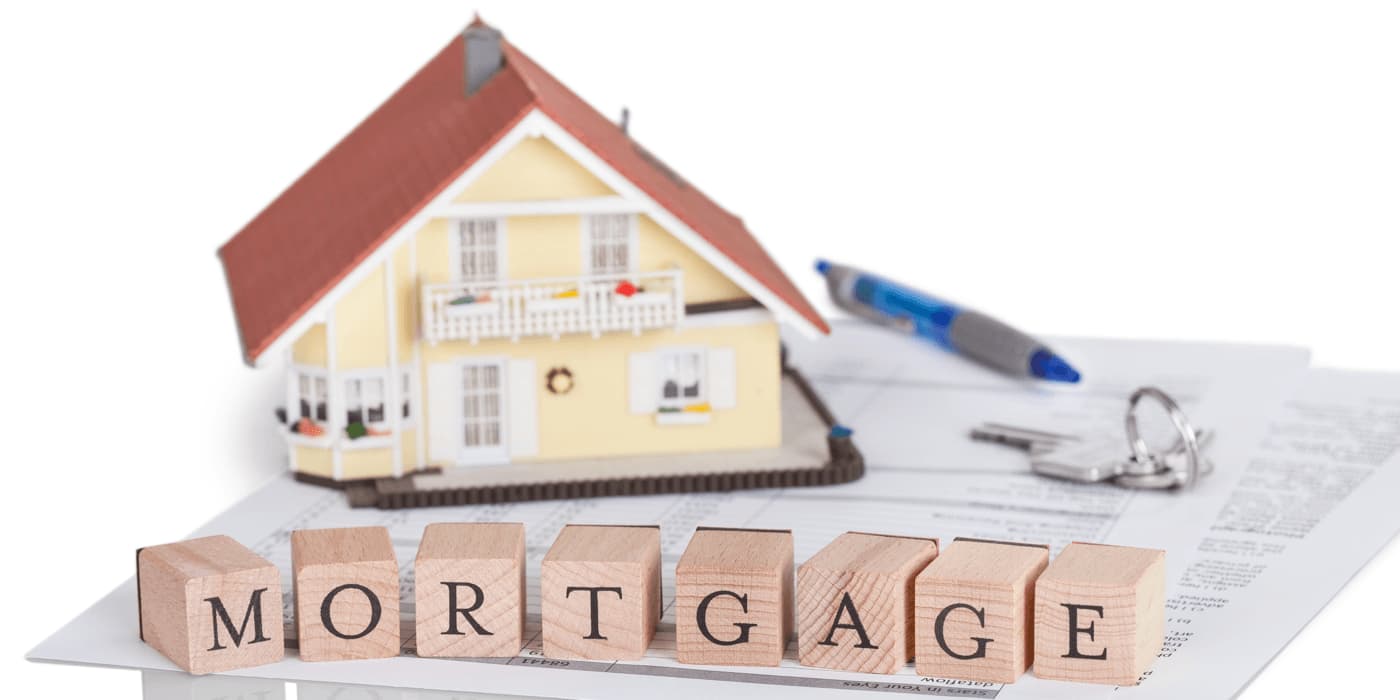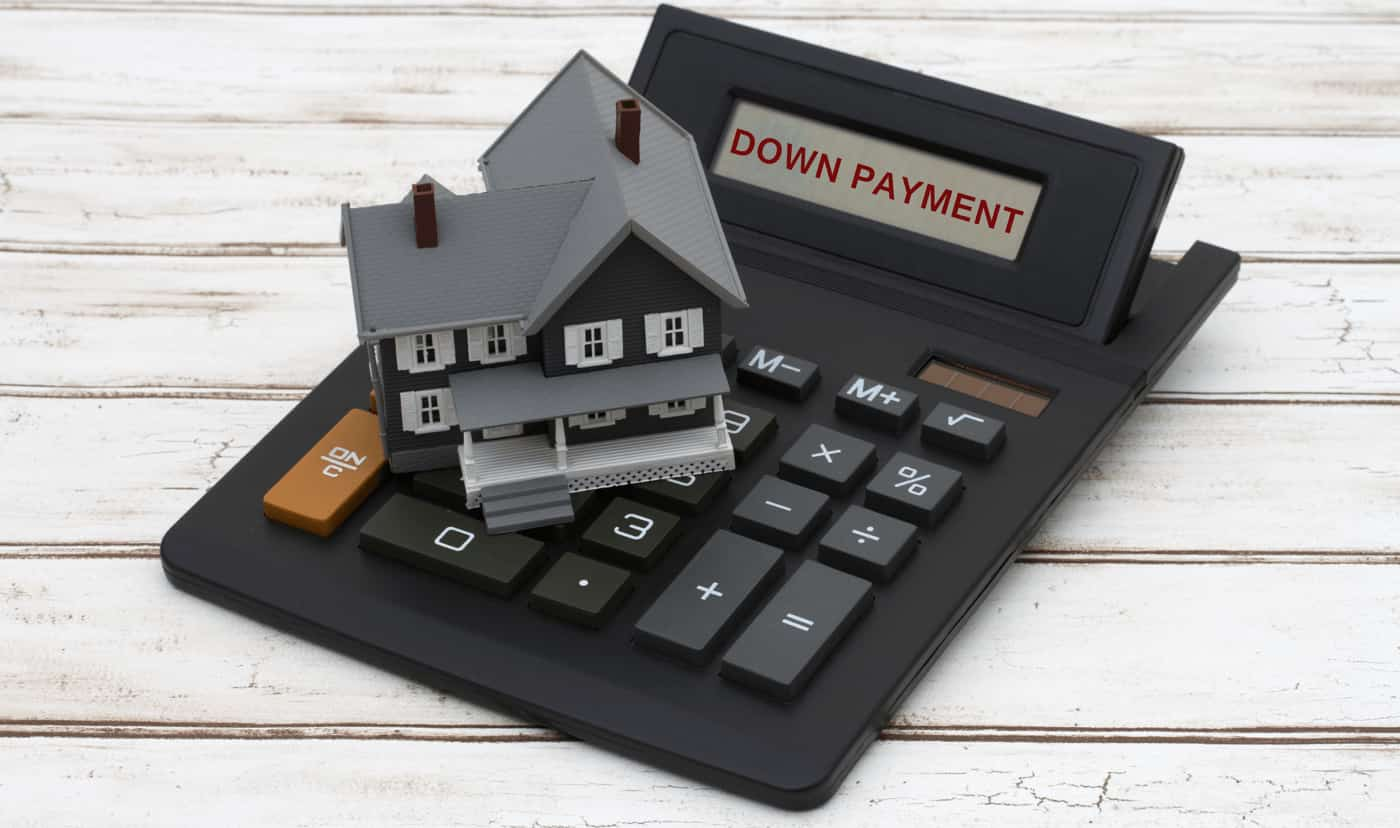
When you’re thinking about buying a home, you often hear about different types of mortgage rates. Perhaps the most confusing rate is the mortgage qualifying rate. This is the rate that banks use to determine whether or not you’ll qualify for the amount you want to borrow. As of 2019, it’s become harder to qualify for a mortgage due to stricter rules regarding this qualifying rate.
Once you know more about it, though, you’ll be able to position yourself as a qualified applicant.
Not Your Interest Rate
One of the biggest misconceptions is that the mortgage qualifying rate is the interest rate that you qualify for based on your credit score. This is not the case. The rate you’ll pay may play a role in the qualifying rate – which you’ll see in the alternative qualifying rate below – but it’s not the mortgage qualifying rate. You do still want to pay attention to interest rates, though. The lower the interest rate, the lower your monthly payment.

Set By the Bank of Canada
The mortgage qualifying rate is a rate that’s set by the Bank of Canada. At the time of writing this, the rate is 5.19 percent.
Essentially, this means any lender will check to see if you could make payments on the mortgage if the interest rate was 5.19 percent. In most cases, the actual rate that you’ll pay will be lower than this rate, which is why it can get confusing. By using this higher rate, the government is making sure that you’ll be able to continue to afford your mortgage payment if interest rates go up significantly. This is otherwise known as the “mortgage stress test”.
This is where some buyers find themselves in a difficult position. They may be able to easily afford a payment at the interest rate that the bank is offering, but the calculations at the mortgage qualifying rate would be out of their price range. To make up the difference, the buyers then have to come up with additional money for the down payment to make the monthly payment low enough to qualify at the higher rate. In some cases, the additional money needed could be over $100,000.

The Alternative Qualifying Rate
To make things even more confusing, lenders only use the rate set by the Bank of Canada if that rate is more than 2 percentage points higher than the rate they’re offering the borrower. If the rate is a bit higher, then the lender needs to use that rate plus two points as the mortgage qualifying rate.
For instance, let’s say that you qualify for a mortgage at 4.5 percent interest. The lender would need to use 6.5 percent as the mortgage qualifying rate. Again, this can make it harder for you to borrow as much money as you really want for your home.
Why Use Qualifying Rates?
These rules make it harder for borrowers to take out mortgages, so why would the government set this requirement? It’s to prevent the problems that occurred in the past when mortgage rates were low. Due to the low mortgage rates, people could qualify for more expensive homes. When rates increased though, the monthly mortgage payment increased by several hundred dollars. People scrambled to make these higher payments, and many families were forced to sell their homes because the payments were no longer affordable.
By increasing the rates at which borrowers have to qualify, lenders are playing it safe. They’re more certain that the borrowers will still be able to make payments even if the interest rates increase. This is done to protect you as a home buyer, too. If rates do rise, you know you can handle the monthly mortgage payment.

Making Up the Difference
When you’re ready to buy your home, it’s disappointing to find out that you can’t qualify for as much money as you want. Fortunately, you can get into the home of your dreams by increasing the down payment, and there are a few ways that you can get some help making that happen.
The first method is the First-Time Homebuyers Incentive. Through this program, you can borrow between 5 and 10 percent of the cost of the home for your down payment. You have to pay this money back within 25 years or at the time that you sell your home. The amount you pay back is equal to 5 to 10 percent of the value of the home at the time you pay it back, so if the home has increased in value, you’ll pay more than you borrowed, but if it’s decreased in value, you pay less.
The other possibility is the Home Buyers Plan, which allows you to borrow up to $35,000 from your RRSP. You also have to pay this money back, but this loan has to be paid in instalments that will decrease the amount the bank will lend you. However, it’s a good way for some people to bridge the gap.
As you think about applying for your mortgage, it’s important to know the mortgage qualifying rate that the bank will use for your situation. You can get this number by getting pre-approved, so talk to a lender today.



